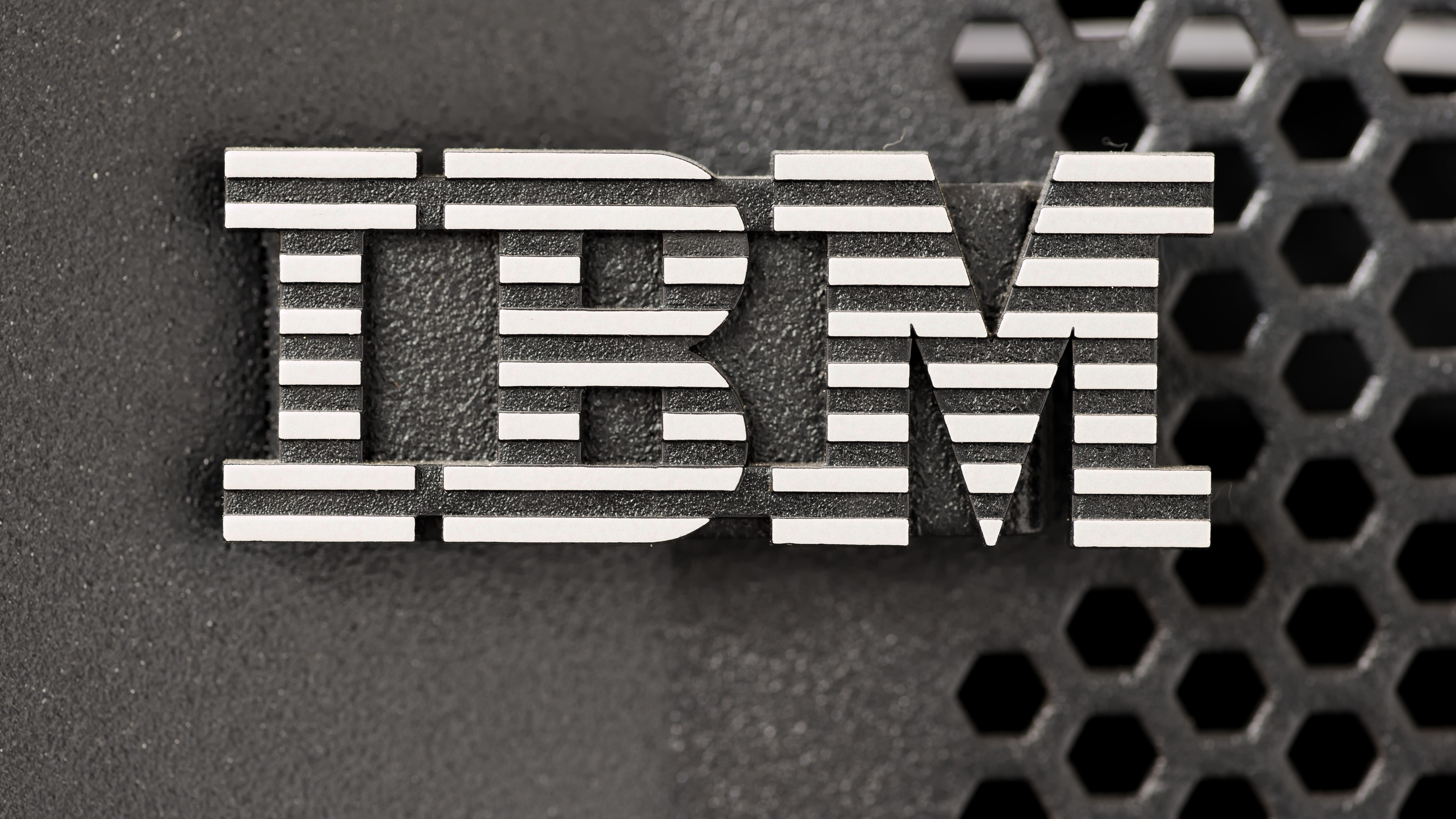IBM's boffins run a nifty quantum error-correction algorithm on standard AMD FPGAs, and it is' 10 times faster than what is needed' — research propels IBM's Starling quantum computer project forward
The quantum computer might have qubits, but the error correcting can now be done with FPGAs.

Hot on the heels of Google's breakthrough in the practical application of quantum computing, IBM is now poised to announce a quantum leap of its own. According to a Reuters report, a team of IBM researchers will publish a paper on Monday, October 27, detailing how they performed quantum error correction on standard AMD chips. That should smooth one of the major roadblocks to the practical usability of quantum computers, namely, result accuracy.
The error-correction algorithm reportedly not only runs in real time but also runs 10x faster than necessary atop AMD FPGA chips. This latest development is likely the result of the collaboration with AMD that IBM announced at the end of August, one that sent AMD shares rising sharply at the time.
Reuters quotes IBM's director of research, Jay Gambetta, as saying this work with the freshly minted algorithm was completed a year ahead of schedule. This bit of news should be welcome to enthusiasts and investors alike, as it could push forward the schedule of IBM's Starling large-scale quantum computer, originally set for 2029.
FPGAs are Field Programmable chips, meaning their internal structure can be reconfigured via software. They trade general-purpose usability and raw performance for the ability to run highly specialized tasks efficiently. They're most everywhere in computing, but you're bound to have heard of them in the consumer space inside vintage console, arcade, and PC emulators.
As for the software itself, it's almost certainly the Relay-BP (Relay Belief Propagation) algorithm, first published in a paper in June. IBM then proudly announced in August that its quantum research team had achieved good results running it on FPGAs, calling it the only quantum LDPC (Low-Density Parity-Check) error correction algorithm that "is not only flexible and compact, but also faster and more accurate than all known alternative methods."
Error correction is one of the key elements in making a usable quantum computer. As an oversimplification, quantum computers can run a highly limited set of programs. Still, they can do so considering every possible input at once, thanks to its qubits being 0 and 1 simultaneously. However, reading the result is extremely complicated, as altering it would not change the result, and the result is not deterministic anyway; think of 2+2 = 3.999 or 4.001. Reducing the margin of error is a cornerstone of practicality, and both IBM and Google have made great progress in this area.

Follow Tom's Hardware on Google News, or add us as a preferred source, to get our latest news, analysis, & reviews in your feeds.
Get Tom's Hardware's best news and in-depth reviews, straight to your inbox.

Bruno Ferreira is a contributing writer for Tom's Hardware. He has decades of experience with PC hardware and assorted sundries, alongside a career as a developer. He's obsessed with detail and has a tendency to ramble on the topics he loves. When not doing that, he's usually playing games, or at live music shows and festivals.